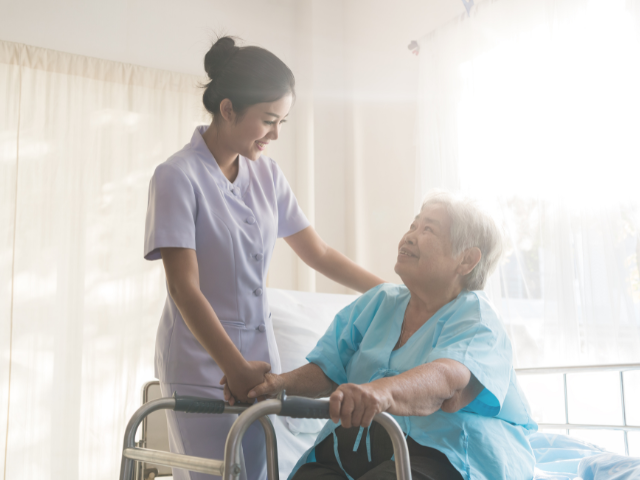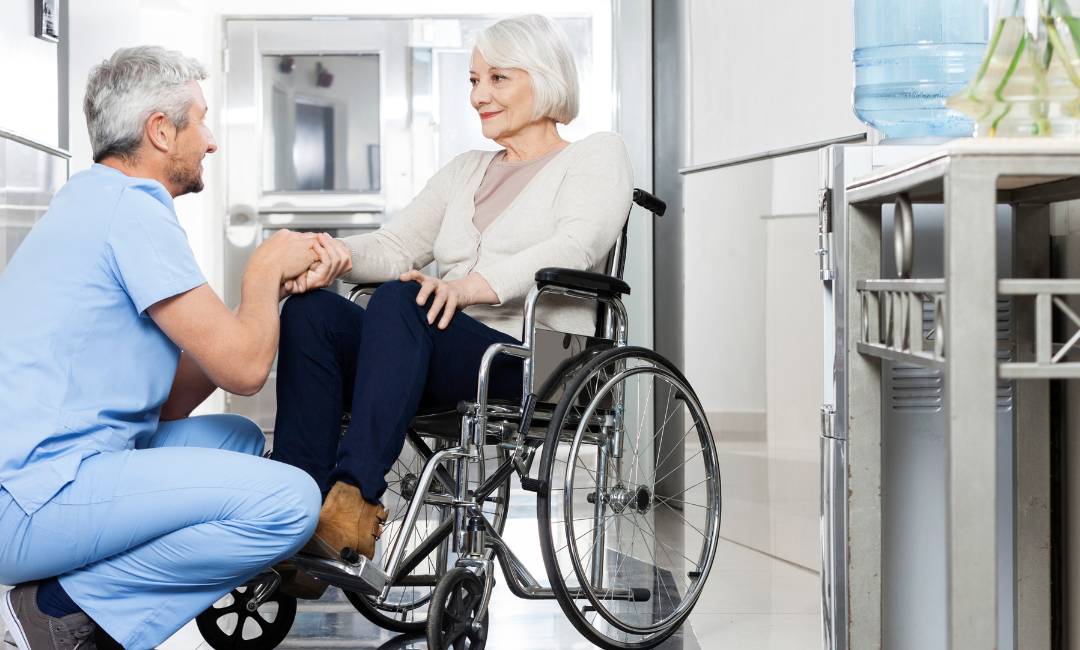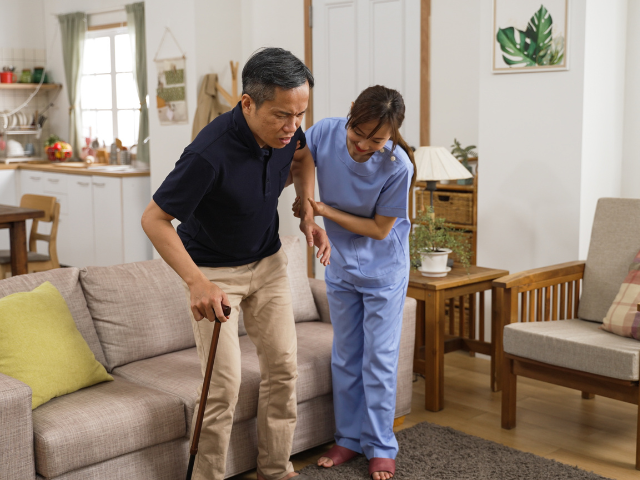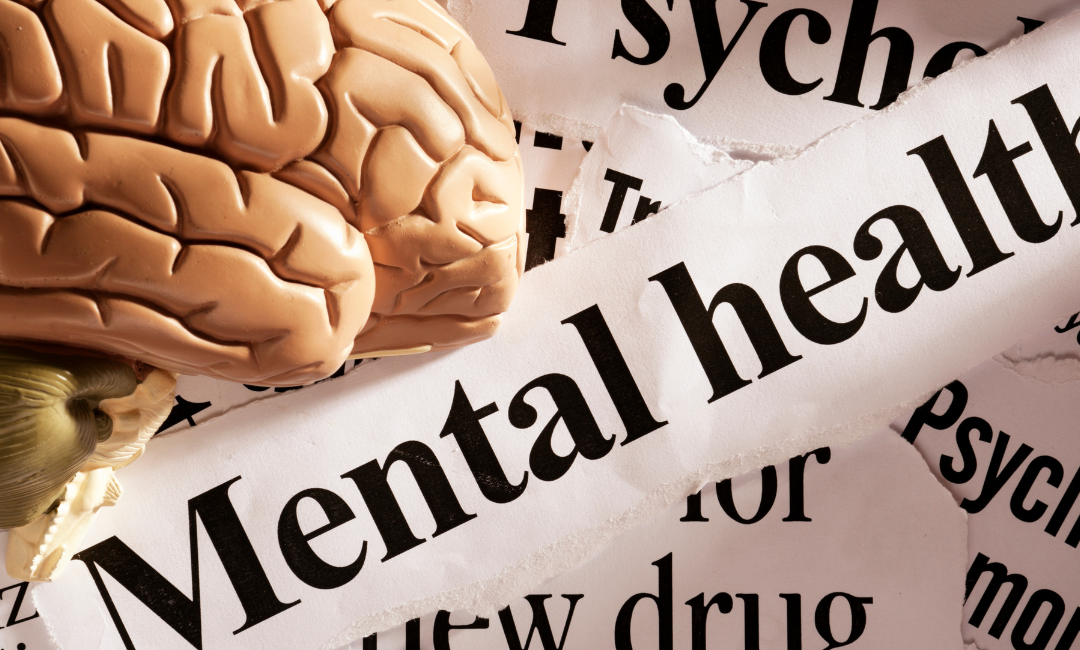Consequences of Undertreated Chronic Pain
Undertreated chronic pain has significant functional, emotional, and mental consequences. These consequences are decreased activity and ambulation, gait disturbances and injuries from falls, sleep disturbances, and sleep deprivation.
Due to the increased use of healthcare services, caregivers or family members also experience increased financial burdens. All these issues diminish the elderly patient’s quality of life.
Role of Pain Assessment in Chronic Pain Management
Nurses are usually the first and primary healthcare professionals to hear a patient’s reports of pain. For this reason, the nurse’s ability to perform a thorough pain assessment is critical in managing chronic pain.
A thorough pain history, physical examination, and other testing, as necessary, will help manage chronic pain in the elderly patient.
Elderly Patients Unable to Verbally Express Pain
Older adults who cannot give a verbal self-report of pain due to communication problems or cognitive impairment should be closely observed for pain behaviors. Manifestations of pain behaviors include:
- Agitation
- Confusion
- Social withdrawal
- Apathy
Other pain indicators may include:
- Grimacing or frowning
- Shouting or moaning
- Pacing or rocking
- Isolation
- Protecting a particular area of the body
Nurse Interventions for Better Pain Management Among the Elderly
Nurse and Caregiver Education: Ensure you and other staff are adequately educated on the indicators of pain when the patient cannot verbally express pain and what to do when these indicators are observed.
Pain Assessment Education for the Nurse: Ensure you thoroughly understand the importance of pain assessment and how to complete a pain assessment.
Patient Education on Pain Treatment Options (pharmacologic and non-pharmacologic interventions): We are offering both medicines for pain treatment and alternatives to medicinal treatment, such as heat, ice, or physical therapies, and the benefits of both.
Patient and Family Education on Medication Side Effects and the Safety of Opioids in the Healthcare Setting: Educate the family and patients on the side effects of all the medications they are taking for pain. Make sure they know that these are just potential side effects of the drug, and it doesn’t necessarily mean they will be experienced. Opioids given in a healthcare setting are carefully administered and patients are closely monitored by both nurses and their physicians for adverse effects or signs of opioid dependency.
Ensuring All Scheduled Pain Medications are Given as Ordered and On Time: Successful pain management of the elderly patient is best achieved when scheduled pain medications are given on time to prevent gaps in pain control.









